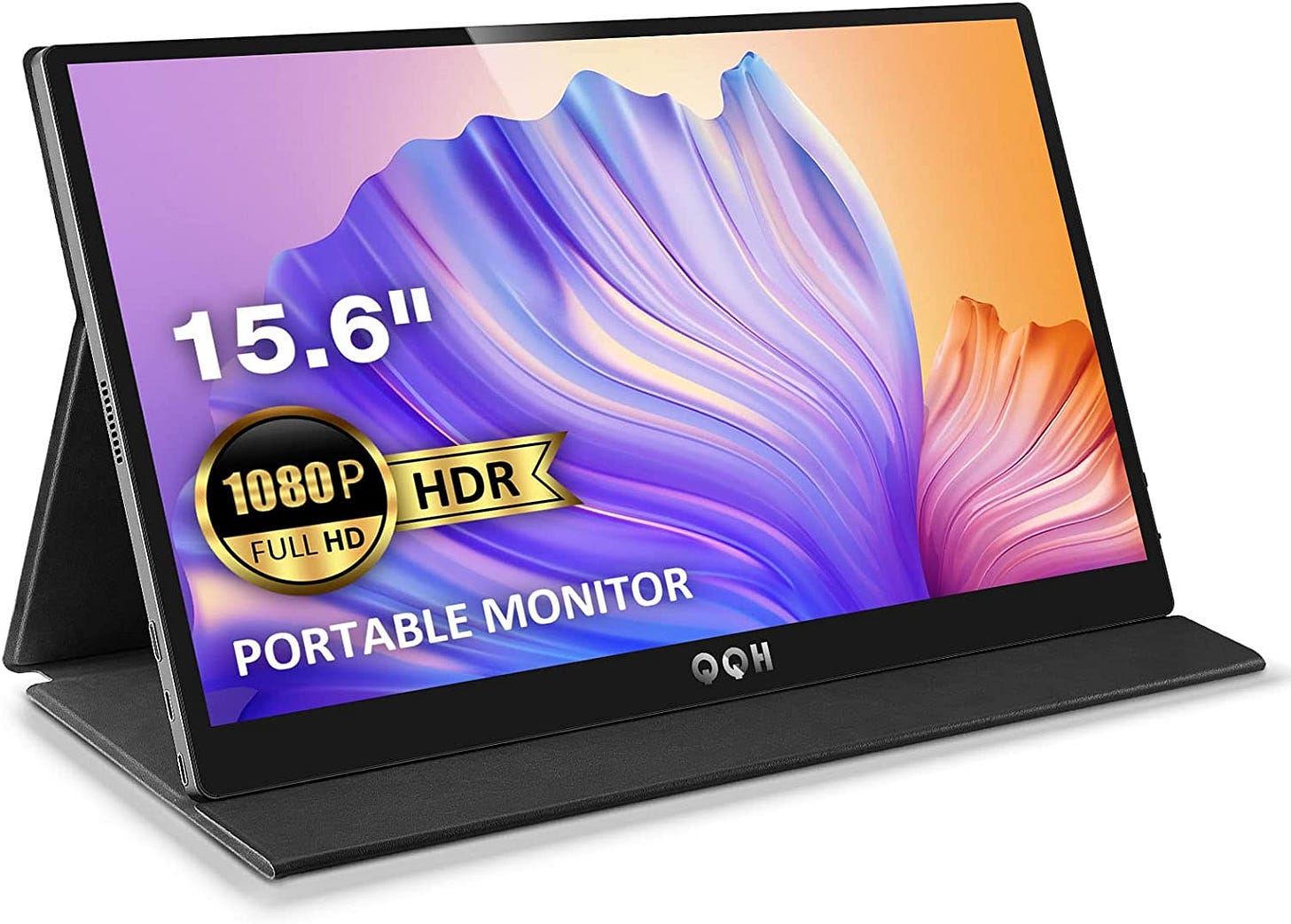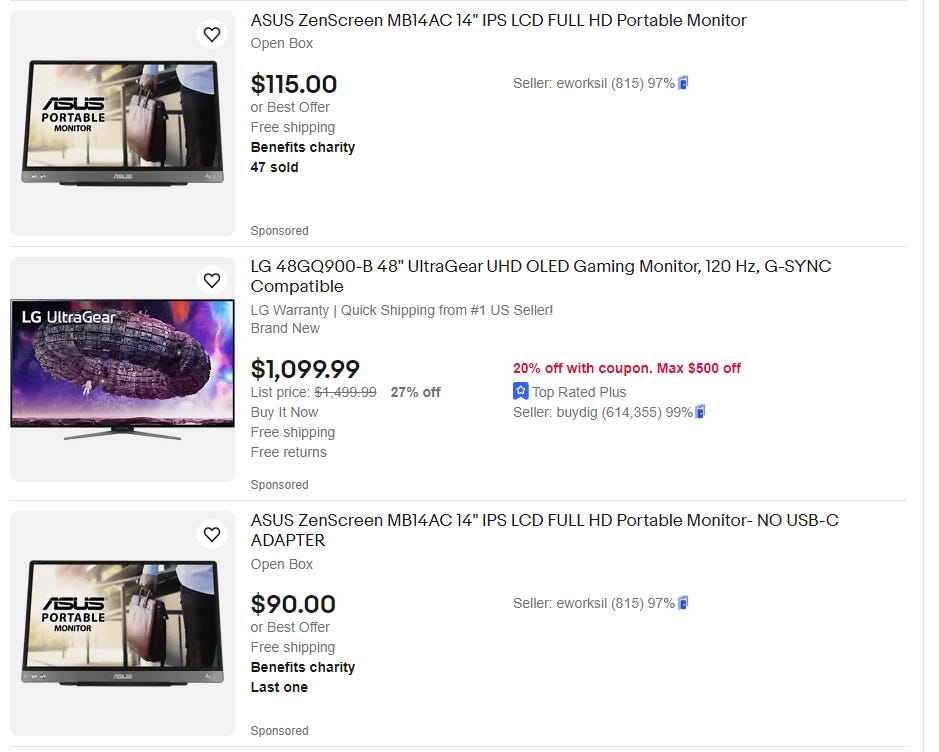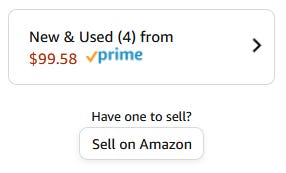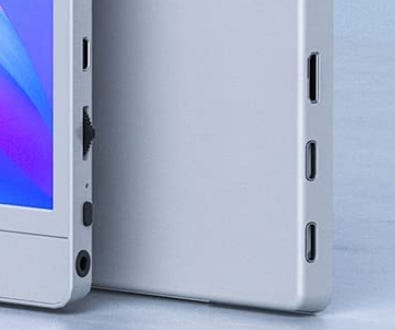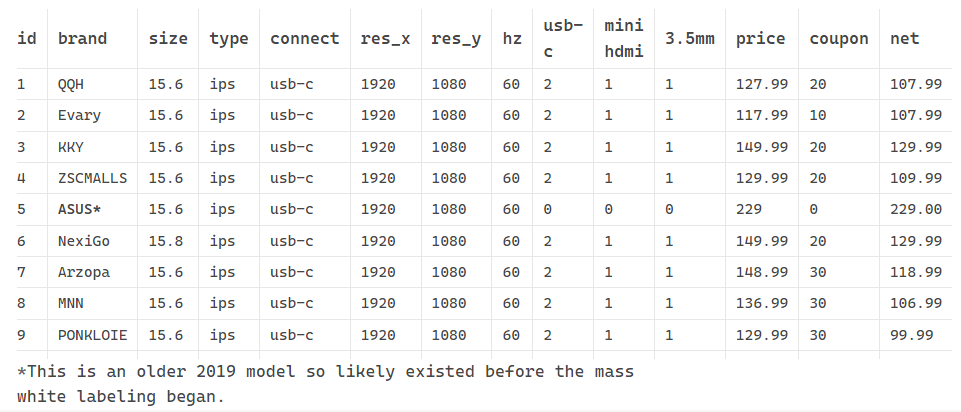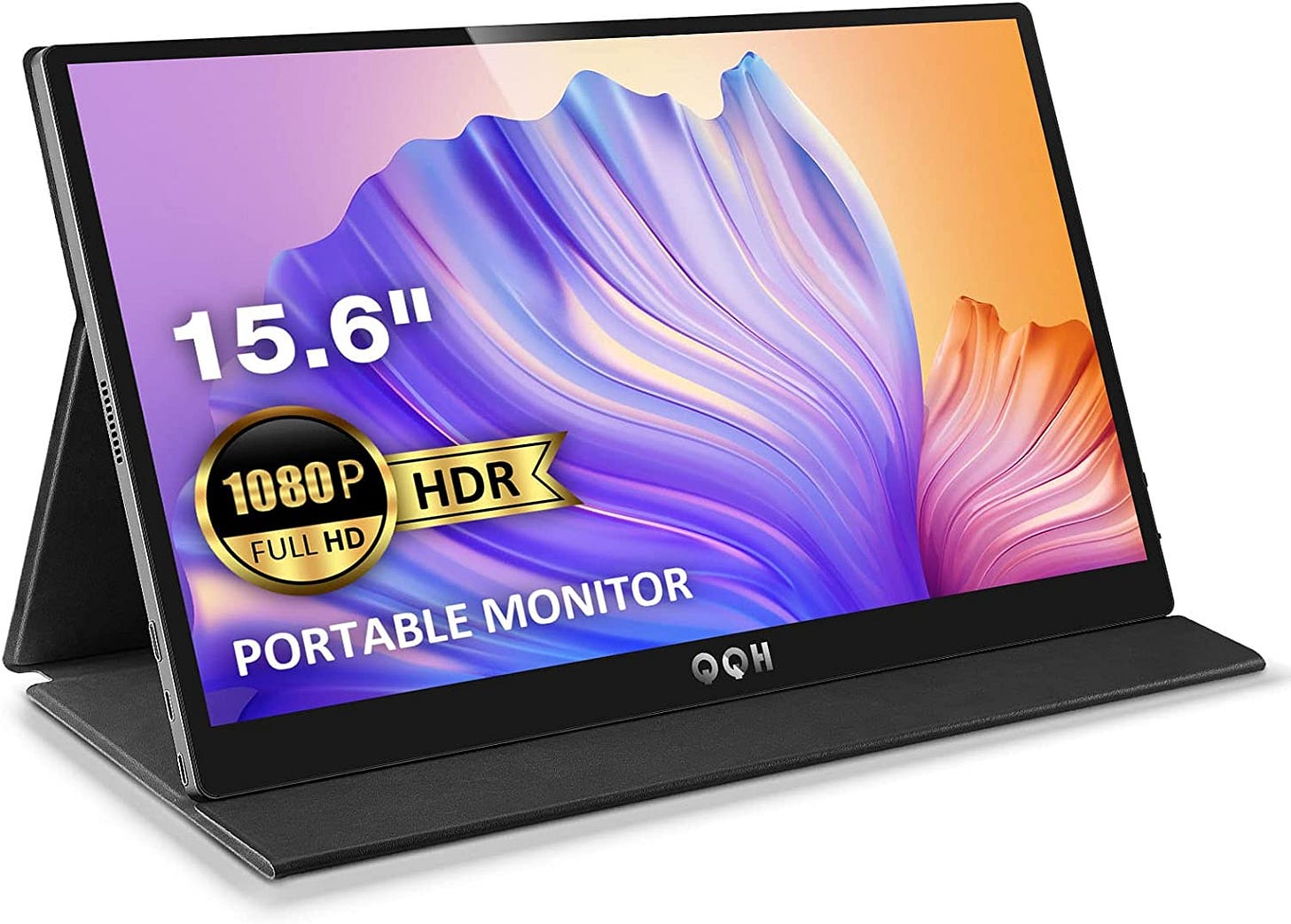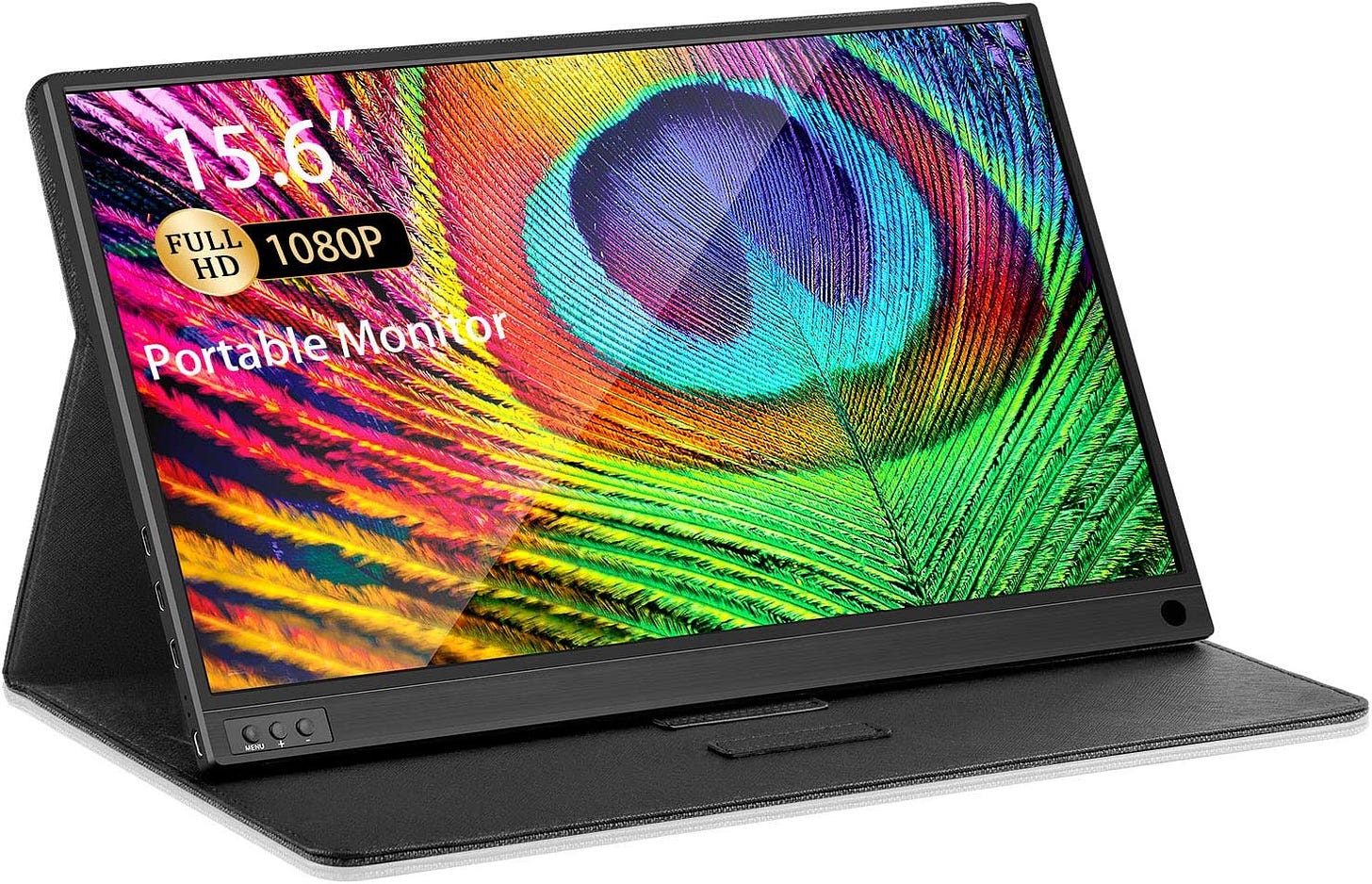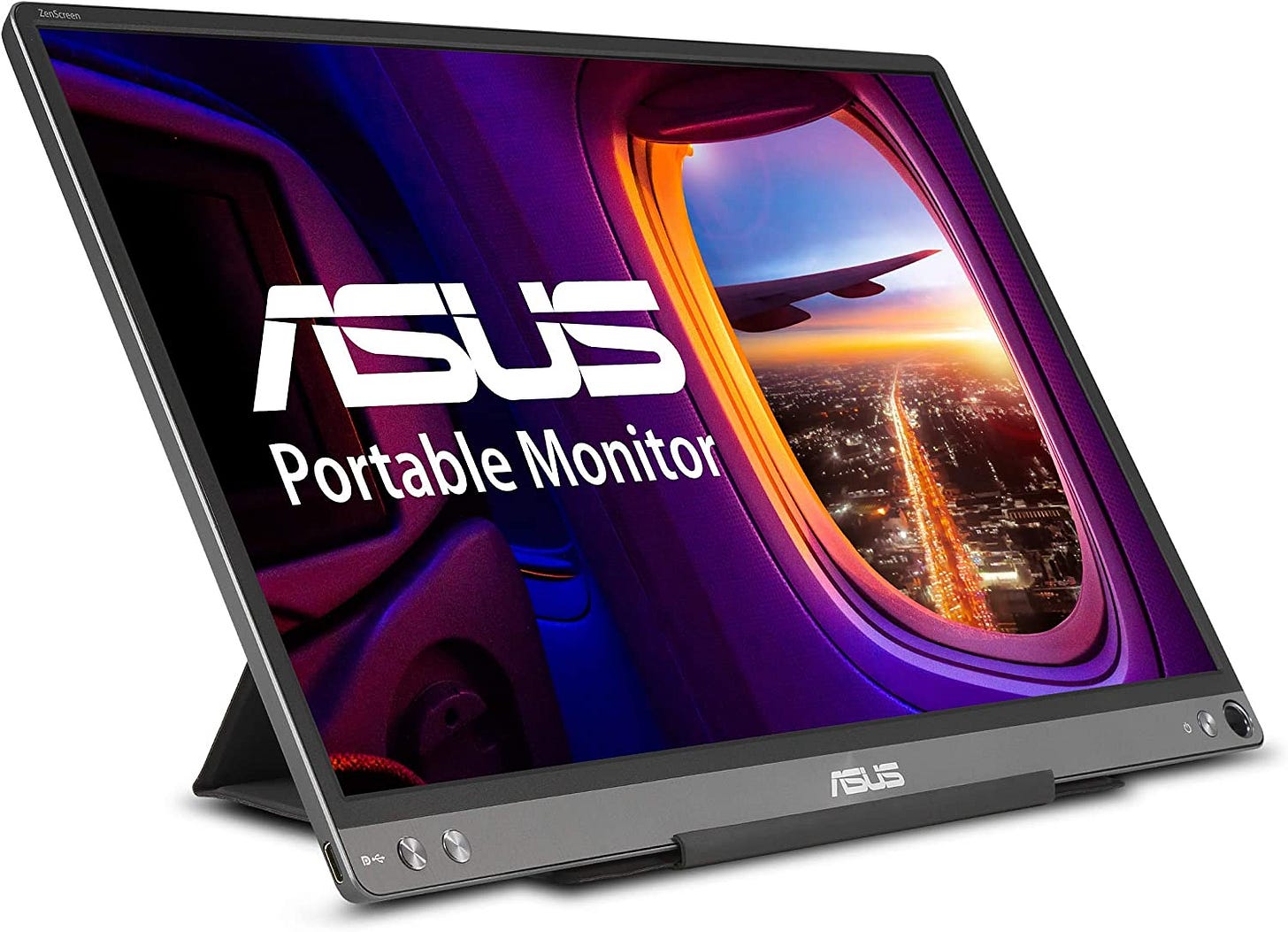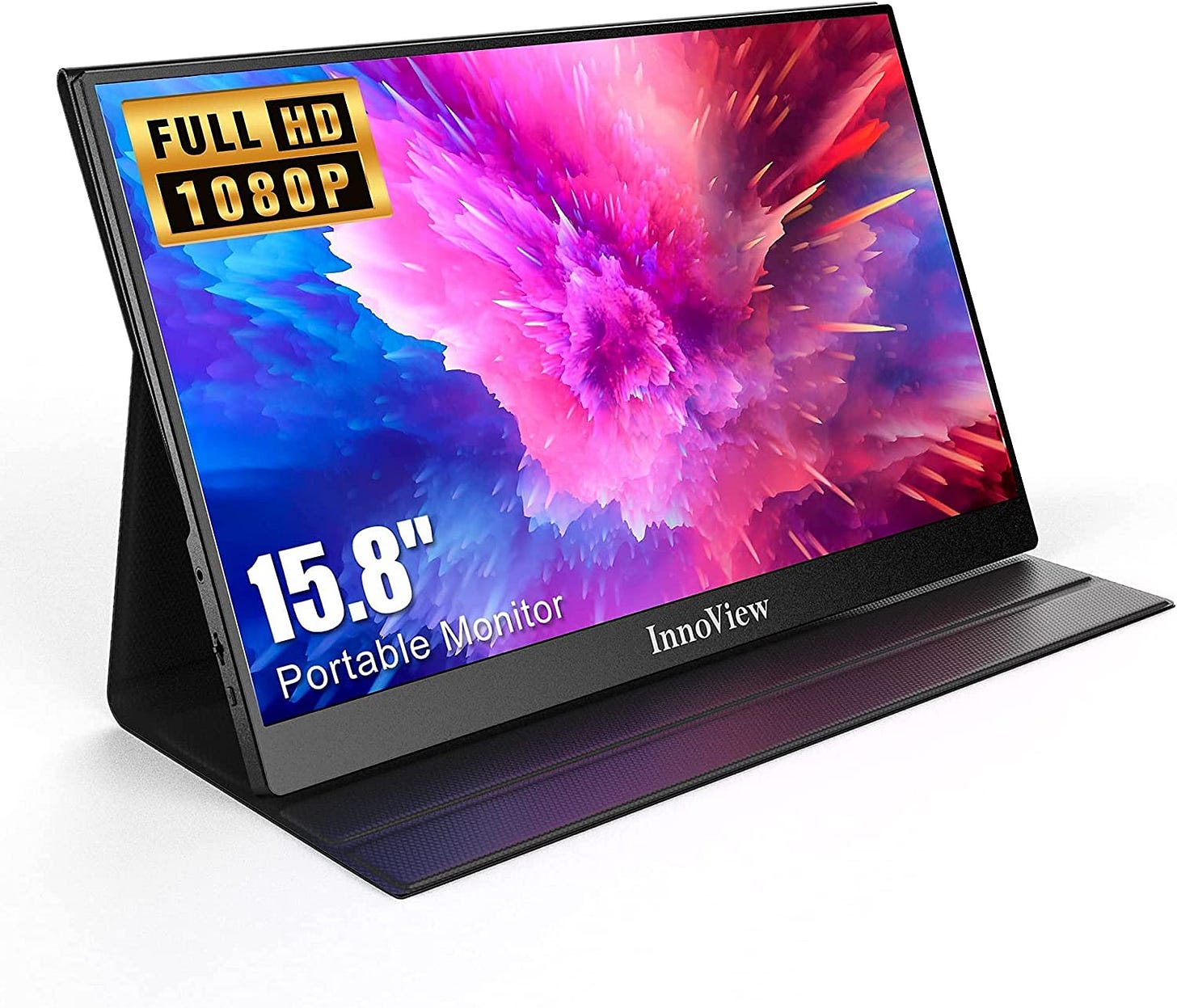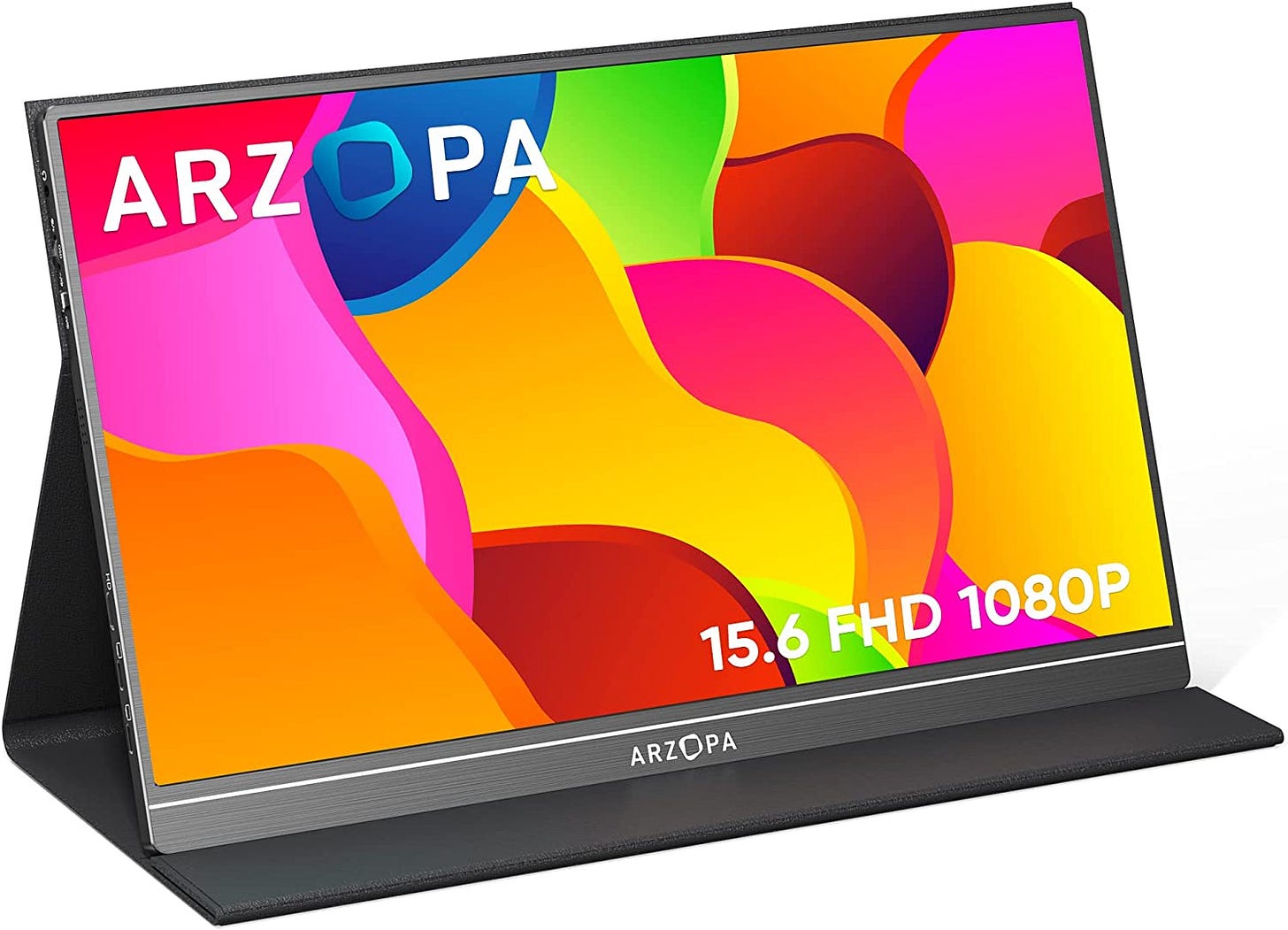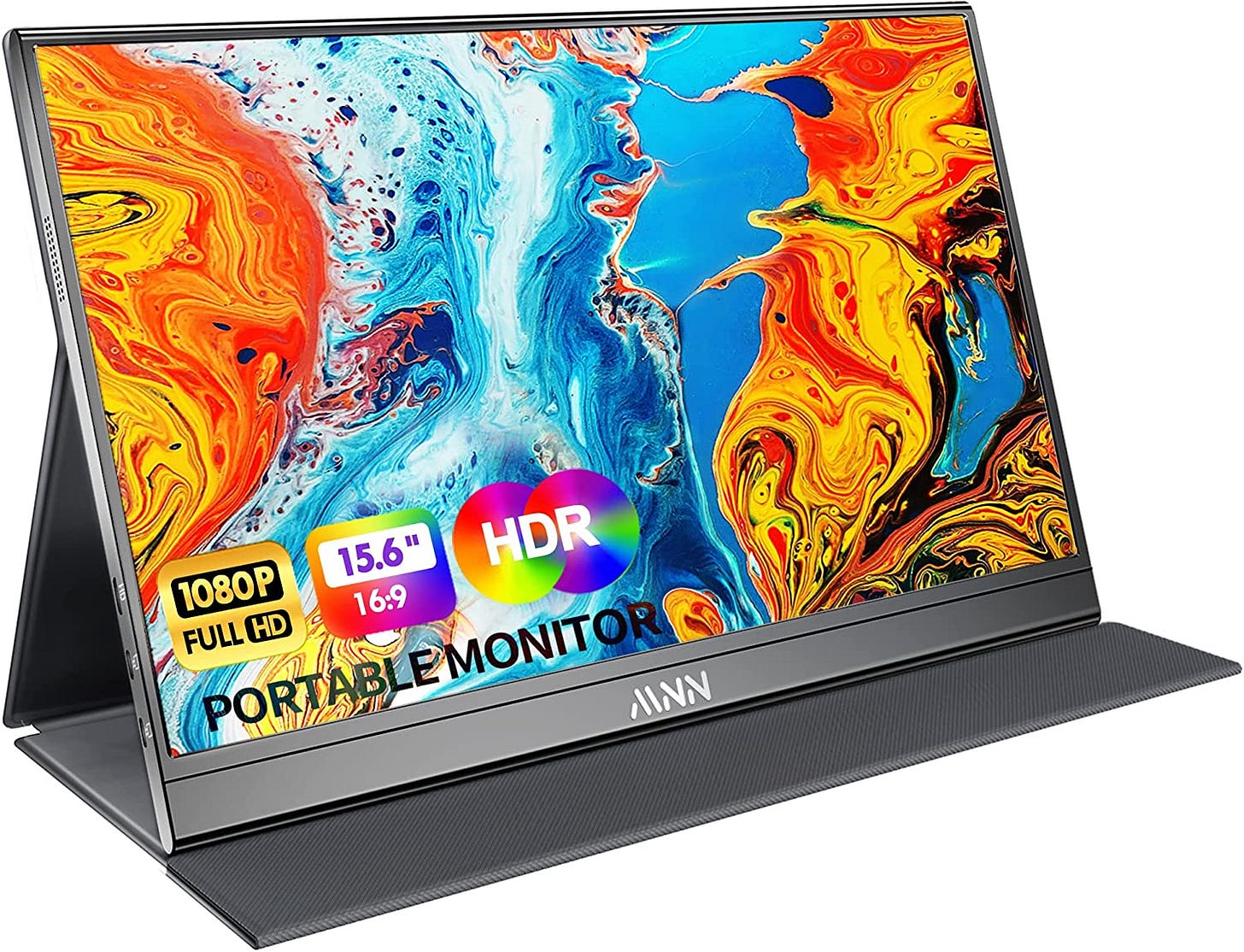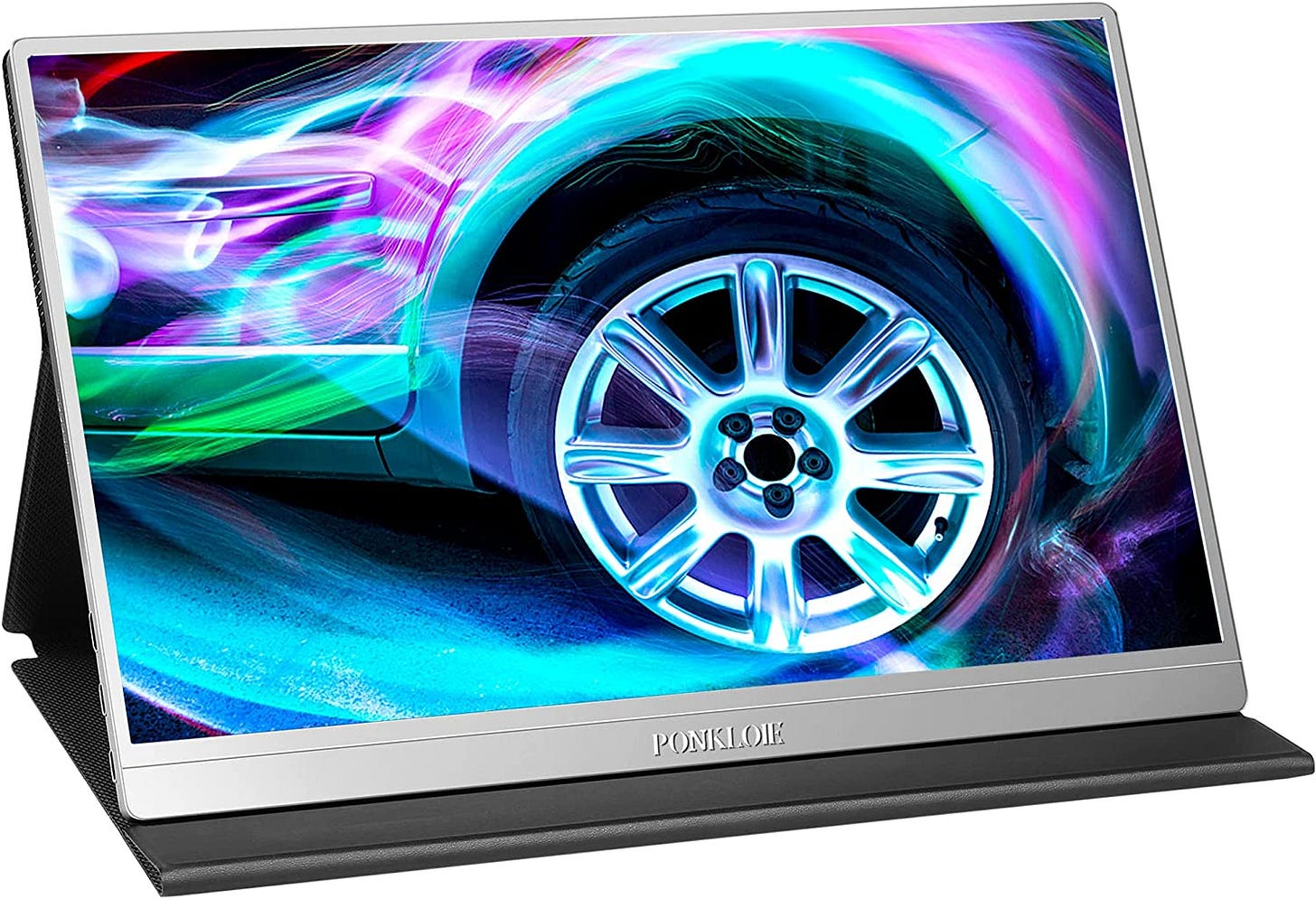'🛒07' Amazon's Illusion of Choice, Portable Monitors
I originally wrote this a few months back and never did anything with it. However, seeing now that the monitor I bought, the Evary for $107.99 is now discounted at 85.99, I thought I'd make a post and share my affiliate link.
Amazon is really good at selling you the same product, but making you think that you made the choice to buy it after considering your options. I mean really good. Throughout Amazon you will find many products that are either functionally identical with cosmetic changes or listings with photos showing exact same product from a different angle or photoshopped. I once purchased an item that was photoshopped a different color so it stood out from the riff raff only for the item to arrive the same color as everyone else's. In a sense it's the evolution of Ebay and the flea market.
When I think of eBay I tend to think of a messy user experience with chaos all around and lax listing requirement making it possible to hunt for value because of the asynchronous information that occurs in the muddled landscape. For example, if you sell something on eBay at a price you think is a good price and it sells faster than you can blink then the chances are your listing was way below market value and someone with skill realized this and snatched it up. This is more likely to occur because there can be a hundred unique listings of the same product each with their own description and photographs. If you search for something you'll often find the same item again and again and it can get kind of annoying. You can't do that on Amazon because identical items are grouped together.
Amazon has standardized listings with each product having a unique ID so that the same item is only under one listing--at least if they're identical. That's the where the loophole lies. Amazon allows sellers to simply create a new listing as long as it is an ever so slight difference... such as having a different brand name. Often much of the stuff is white label sourced from the same manufacturer. I will admit that sometimes the products are different--but ever so slightly like the variations between different pieces of lumber. Nothing that actually makes a functional difference whatsoever.
While it's easy to blame the sellers, they are simply taking advantage of Amazon's rules that allow this. Take monitors for example: Amazon has many many many different monitors priced at the $100-200 range and they are all 15.6". I originally had the suspicion that they are white label because there are really only a few major screen manufacturers, so it didn't make sense to have such a competitive landscape. That means they are likely white labeled from one supplier. There may be slight variations in the veneer or the case... but the internals or the guts appear to be identical. I'll include images/links at the end. Be on the lookout for these signatures on either the right or left side:
Here are some of the technical specs:
Aisde from a few outliers and price.. they are identical…
Conclusion
It's formalized drop shipping in a sense in order to follow Amazon's listing requirements. In a sense, Amazon has become Ebay with extra steps and vastly more popular because of the illusion that Amazon provides quality branded products.
That means you have two choices once you’ve identified a mass white-label product. Either buy the cheapest one after all the discounts are applied or buy the one with the most appealing brand name. This is why I suspect there's been a steady increase of people selling courses on how to sell stuff on amazon instead of them selling stuff themselves. They've been crowded out of the low hanging eCommerce fruit (especially when you consider the exchange rate for the vast majority of foreign sellers).

